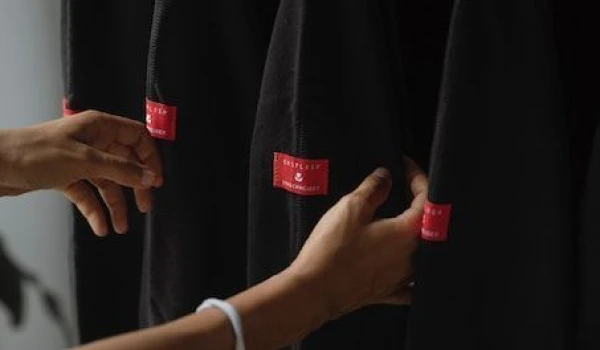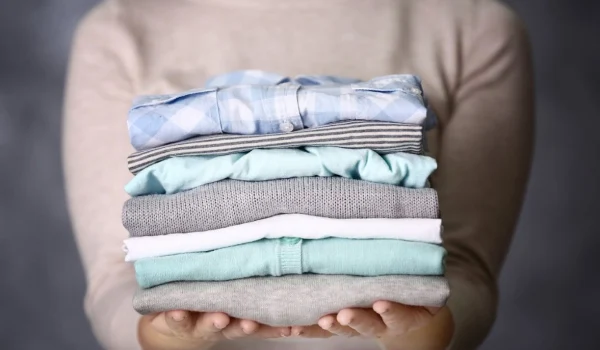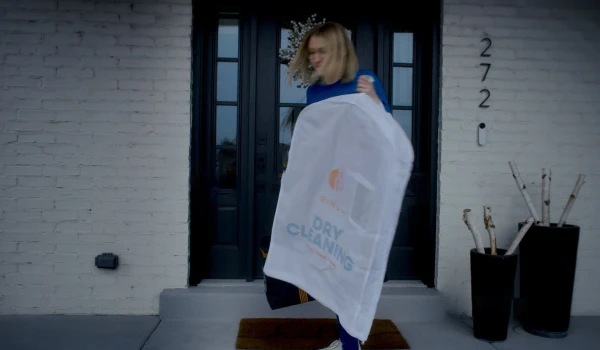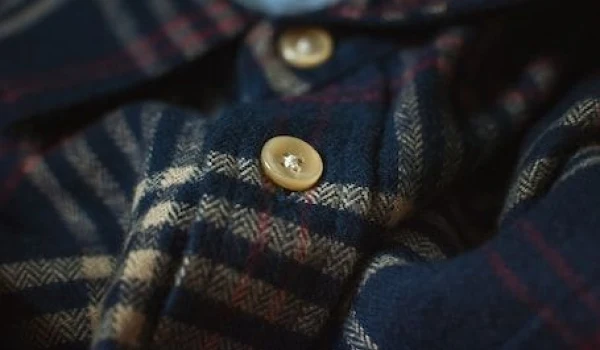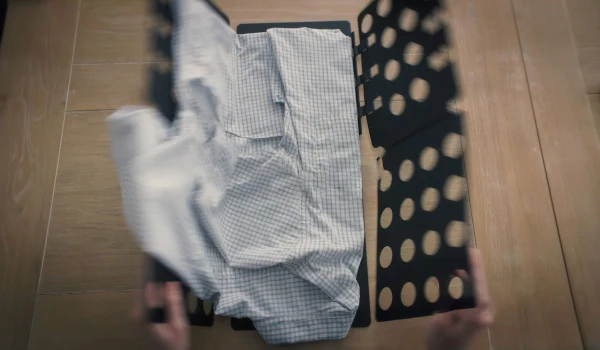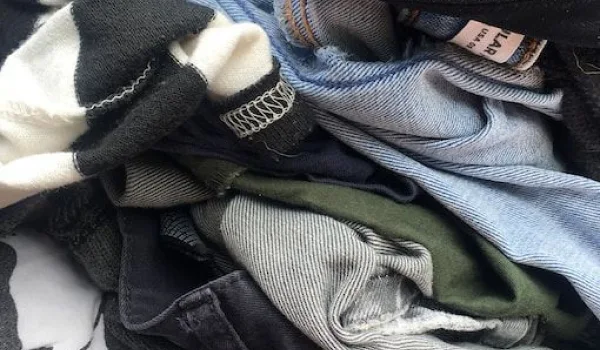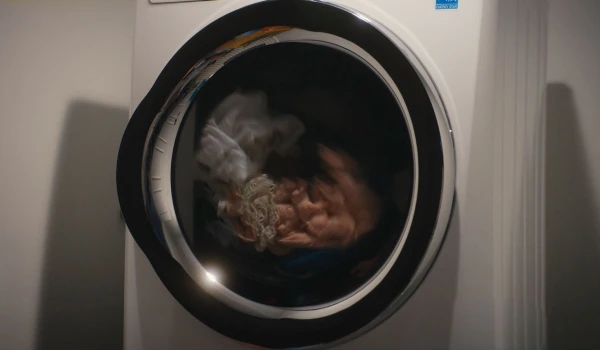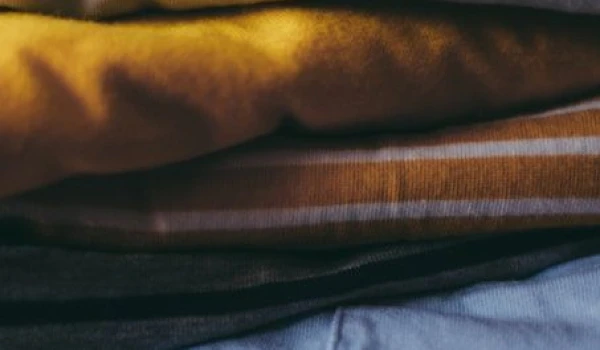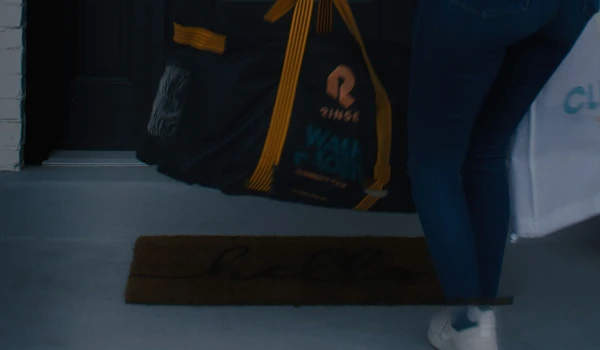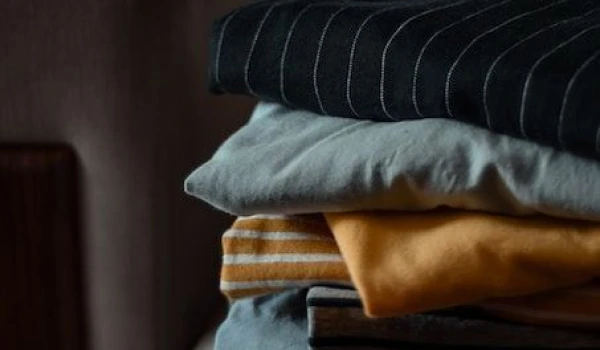Introduction
For most people, cleaning clothes can be an unpleasant task. To do this task, we'll need a range of supplies, including laundry detergent, a washer and dryer, and occasionally specialized items like bleach that work to disinfect, whiten clothing, and remove stains. It also aids in bringing color to clothing. The majority of people are wary of using bleach to clean their clothes because it is a chemical that can be harmful if used incorrectly.
But do not worry, you will learn about the various kinds of bleach and the appropriate amount to use for washing and cleaning laundry in this guide.
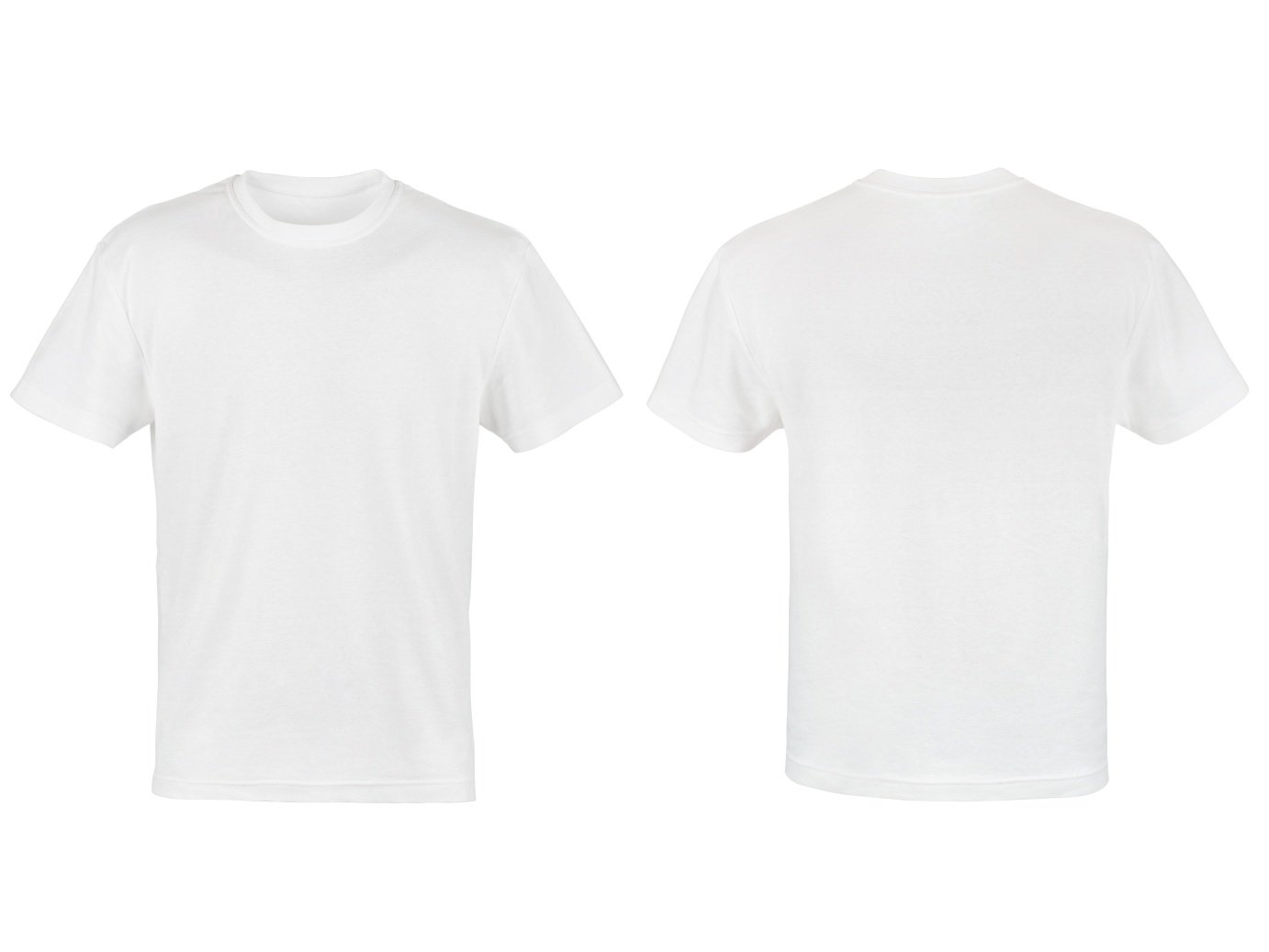
Types of Bleach and Their Uses
When it comes to using bleach for cleaning purposes, we should be concerned about two main types of bleach: chlorine bleach (also called sodium hypochlorite bleach) and non-chlorine bleach (also called oxygen bleach).
Sodium Hypochlorite Bleach
Chlorine bleach is known by this chemical name. This is because sodium hypochlorite is the bleach's active component. Whites are brightened and stains are removed with this bleach. It should not be applied to anything that isn't white because it also washes out color. That is why we should use bleach very carefully on clothing items. This is a harsher form of bleach compared to oxygen or non-chlorine bleach.
It is best to dilute this bleach with water because it still contains a strong concentration of 4-6% of the chemical when you buy it from the store. You should always look at the washing instructions written on clothes before using bleach to clean them.
Oxygen Bleach
This is non-chlorine bleach. It is also known as peroxide bleach, color-safe bleach, or all-fabric bleach. It is generally kinder to clothing and can be used to remove stains from both colored and white clothing. These products typically contain hydrogen peroxide, sodium percarbonate, or sodium perborate as their active ingredient.
Bleach can be used both as a cleaning agent and for removing stains. It can brighten clothes and leave whites looking more resplendent. This is why household bleach is used so commonly during the laundry process.
Next, we will learn how to remove stains with bleach, how to use bleach with laundry, and how to use white bleach for clothes, as well as the process of bleaching colored clothes.
How to Dilute Bleach
Since the chlorine bleach you get from the store is still in a strong concentration, you need to dilute it before use. Do not use undiluted bleach. Again, it is best to follow the instructions given on the packet or container.
The best way to use bleach if your washer does not have a bleach dispenser is to add the bleach while the washer is filling with water before loading it with clothes. Just add the recommended amount. Alternatively, you can add it five minutes after the wash cycle has started. In this case, add the bleach to a quart of water to dilute it. If the clothes are slightly soiled and the wash load is small, add 1/2 cup of bleach. For heavily soiled and larger loads, you would add 2/3 cup of bleach.
Situations where you would have to increase the amount of bleach above the recommended limit include dirtier clothing, larger loads, and hard water. If your washer has a bleach dispenser, this can make it difficult to adjust the amount of bleach for soil load manually. In this case, fill the dispenser to the top of the fill line and consider smaller loads for heavily soiled laundry.
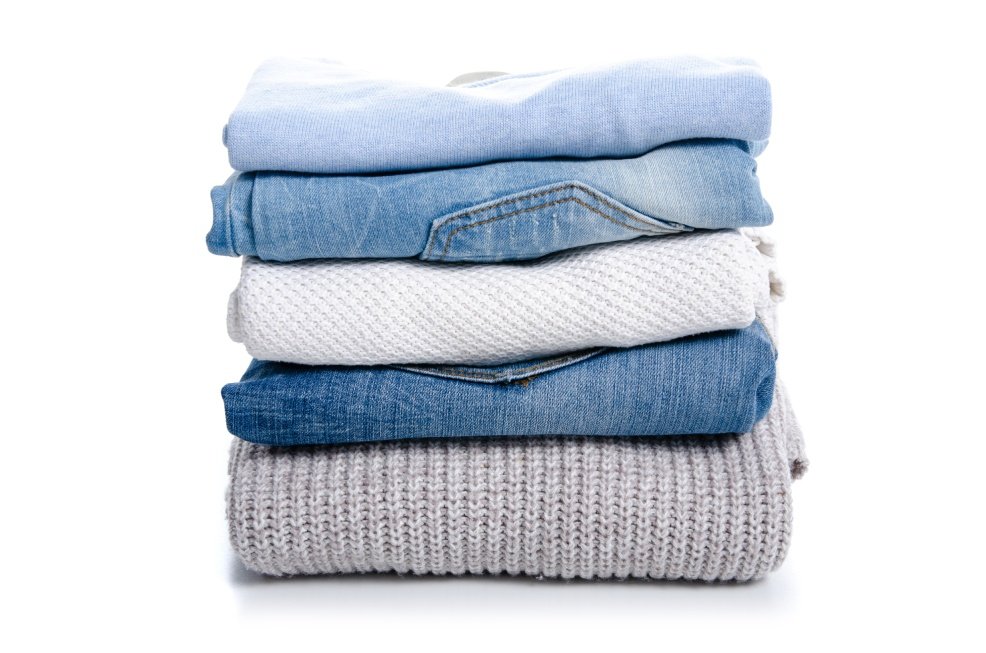
10 Tips For Using Bleach in Laundry
We give below 10 practical, safe, and expert tips for maximizing the benefits of bleach in laundry. These tips will help you by telling you how to wash clothes with bleach, use detergent with bleach, and check for color fastness before using bleach on materials.
1. Dilute bleach properly
Follow the instructions that came on the bleach container. The general recommendation is to use 1/2 cup of bleach for a regular-sized load. Only use detergent with bleach, nothing else.
2. Use bleach in specific wash cycles
Separate white and colored clothing and wash them in different wash cycles. Never pour bleach directly on fabrics as it can cause splotches and result in discolored clothes.
3. Read clothing labels
Always read the clothing labels to make sure they can withstand bleach. Fabrics like wool and silk are generally not bleach-safe. It is also recommended to read the instructions that came with the bleach regarding directions of use.
4. Test for colorfastness
It is best to check for colorfastness before using bleach on any fabric. You can do this by diluting the bleach with a little water and applying it to an inconspicuous area of the garment. Wait for at least 30 minutes. If there are no adverse reactions, it is safe to bleach the garment.
5. Never mix bleach with other products
Except for laundry detergent, it is generally unsafe to mix bleach with any products, especially those containing ammonia or vinegar. Doing so may create toxic fumes, which could jeopardize your health. It is also not recommended to mix chlorine and non-chlorine varieties of bleach. The chlorine bleach will negate the effects of the non-chlorine bleach, making the entire process ineffective.
6. Follow recommended soaking times
If you are soaking clothes in a bleach solution, follow the recommended soaking time. Going beyond this will weaken and damage the fabric.
7. Protect your skin and eyes
If you are using bleach for the first time or trying a new bleach product, take care to protect your skin and eyes by wearing gloves and goggles while handling the bleach. If bleach inadvertently enters your eyes, wash them quickly and thoroughly with water.
8. Ensure proper ventilation
Always keep the doors and windows open so that there is enough fresh air. Keep the laundry room ventilated.
9. Rinse thoroughly
It is preferable to rinse the area thoroughly to remove any bleach residue. It is also recommended to wash your clothes properly for the same reason. This also results in your clothes lasting longer.
10. Clean the washing machine
By cleaning the washing machine after you have used bleach, you can get rid of bleach residue. Also, follow this up with a vinegar and water rinse so that your washing machine is free of odor.
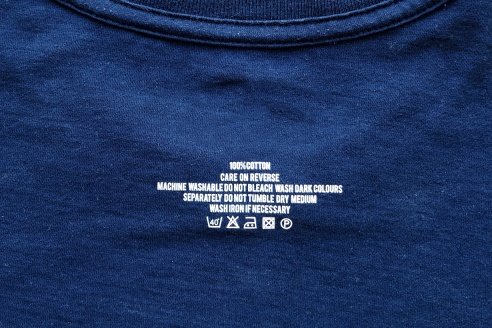
Experience Expert Laundry Care with Rinse
In general, the best method of doing laundry includes sorting clothes, reading care labels, choosing the right cleaning products, and pre-treating stains.
Paying attention to washing care labels and water temperature is equally important, as is the setting and number of cycles for washing. Cold water is gentler and better for darker colors. The drying method used should also be according to instructions on the clothing care labels. When it comes to ironing, it is preferred to iron clothes when they are a little damp.
Rinse is a laundry and dry cleaning service with years of experience handling laundry needs. This includes stain removal and garment care. We are also experts in removing color bleed from garments, which occurs because of direct dyes that are not fiber-reactive.
Rinse professionals know how to care for your garments. We understand the language of clothing care labels and know the correct washing and drying methods. This ensures that your garment is treated with the standards of a professional cleaning service, and we know that certain garments need to be treated with extra care.
You can easily access our services by scheduling a pickup on our website, on our app, or via SMS. Our Valet will pick up your clothing from your home or office and deliver it when done. You can include special instructions with your order, and we will comply with them.
So whether you want to dry clean, wash and fold, or hang dry your clothes, we have got it covered. You can also get $20 off your first order!
Contact us at Rinse today to see our skill in action.
Image Source: Church & Dwight Co., Inc., The Clorox Company




